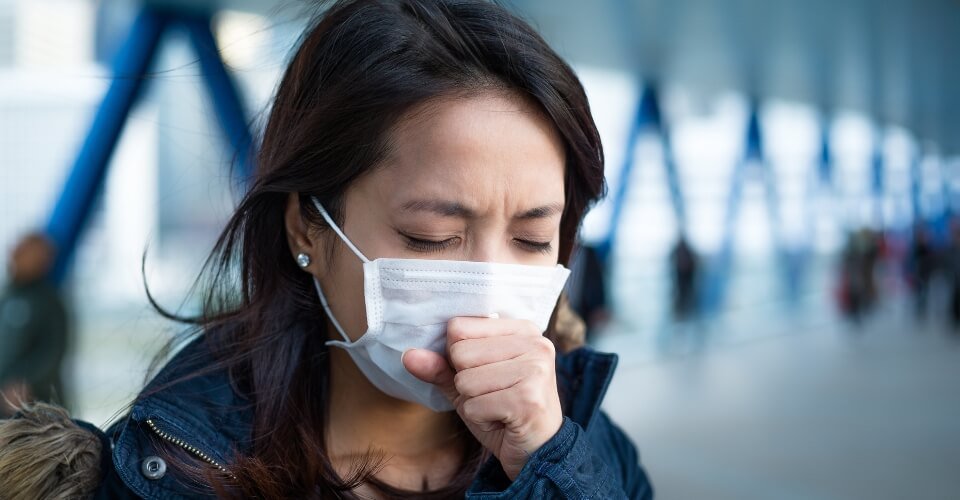One source of wildfires affects around 100 million people across Canada and the USA. Even though such wildfires are seasonal, Canada’s President Justin Trudeau has declared this year the “worst wildfire season” in recorded history.
According to the Canadian National Fire Database, the fire had engulfed over 3.8 million hectares of land. Around 900 wildfires are still burning, with about 580 fires under the status of “out-of-control” across Canada (as per Canadian Interagency Forest Fire Centre).
And the compounding effects of the fires have led to thick smoky layers enveloping the troposphere. This has led to a hazy effect in the atmosphere, obscuring the city streets. But the most adverse ramifications are recorded in the poor air quality, yielding hazardous health effects.
Since Monday, most states have been pronounced under code red, denoting the unhealthy smoke particles causing air pollution.
Here are full details on where, when, and how the smoke will affect our daily lives.
What Caused the Canadian Wildfires? Where are the Canadian Wildfires?
The British Columbia Wildfire Service reported nearly 400 fires were ignited in British Columbia (Canada’s province). More than 200 of these fires were started by 51000 lightning strikes from thunderstorms.
But the problem began because of a major catalyst in spreading the wildfire– Canada experienced an arid climate that propelled the fires to spread further. Meanwhile, the province was experiencing the worst level of drought. The thunderstorms were also pretty dry, yielding rain trivial for putting out these fires.
As a result, this collective aftermath ravaged Canada.
The primary sources of these fires are majorly recorded in British Columbia, Alberta, Saskatchewan, and the Northwestern Territories. Meanwhile, Eastern Canada is blazing at Ontario, Quebec, and Nova Scotia.
In June, the heavy smoke from Quebec progressed through the East Coast of the United States and then proceeded to New York City, blowing towards Washington and Minnesota.
Latest Update On The Smoke From Canadian Wildfires
As of 8 a.m. on Monday, July 18, Chicago’s air quality recorded the highest pollutants due to the smoke particles. According to AirNow (the official government portal), the air in the city registered “unhealthy” levels of four on a six-level scale and an AQI of 154 with PM 2.5, which is the ultimate toxic combination.
The state issued a “code red” for the citizens, advising them to stay indoors for a prolonged time.
The smoke from Western Canada also reached the Midwest and Northeast of the USA on Monday. The National Weather Service had already issued an air quality alert on Sunday for the Great Lakes, Midwest, and northern High Plains due to the “lingering, thick concentration of Canadian wildfire smoke.”
The alert posted on Sunday stated–
“While the concentration of smoke in the atmosphere should begin to wain by Monday, there is still enough smoke to support unhealthy air quality that is unhealthy for sensitive groups in parts of these regions into the start of the upcoming week.”
Here is the list of counties that are under high alert in Tennesee:
- Cannon
- Cheatham
- Davidson
- Dickson
- Hickman
- Macon
- Maury
- Montgomery
- Robertson
- Rutherford
- Smith
- Stewart
- Sumner
- Trousdale
- Williamson
- Wilson
Why Is the Air Quality Bad Again?
These fires started initially in drier-than-usual ground, which led to abnormal acceleration. Which in turn produced a heavy layer of smoke. The out-of-control fires have also exhausted firefighting resources across the country.
Société de Protection des Forêts Contre le Feu or SOPFEU (Quebec Provincial Forest Fire Control Agency) is struggling to contain these fires, thus magnifying the effects of smoke throughout Canada and the USA.
According to Joel Thornton, professor and chair of the Department of atmospheric sciences at the University of Washington–
“The warming planet will produce hotter and longer heat waves, making for bigger, smokier fires.”
Hence the air quality has worsened with hazy effects in the atmosphere.
People are advised to wear masks while going outside.
Installing air purifiers or HVAC systems in homes will help improve indoor air quality.
Children, pregnant women, asthma patients, and people with heart complications are strictly advised to remain indoors.
The rainy season is the last hope to improve the air quality and hopefully pour enough water to quench the wildfires.
What is your take on the growing concerns of poor air quality? Do you think the wildfires will stop anytime soon? Are you experiencing hazy clouds in your area?
Let us know in the comments section below.

